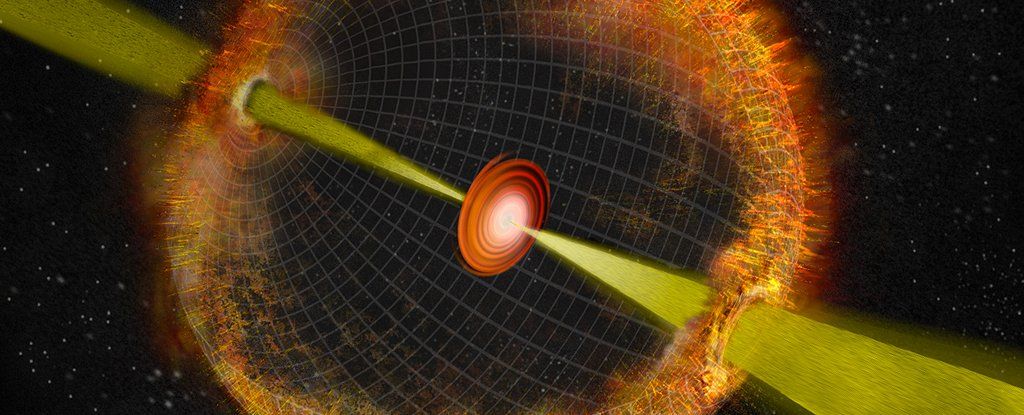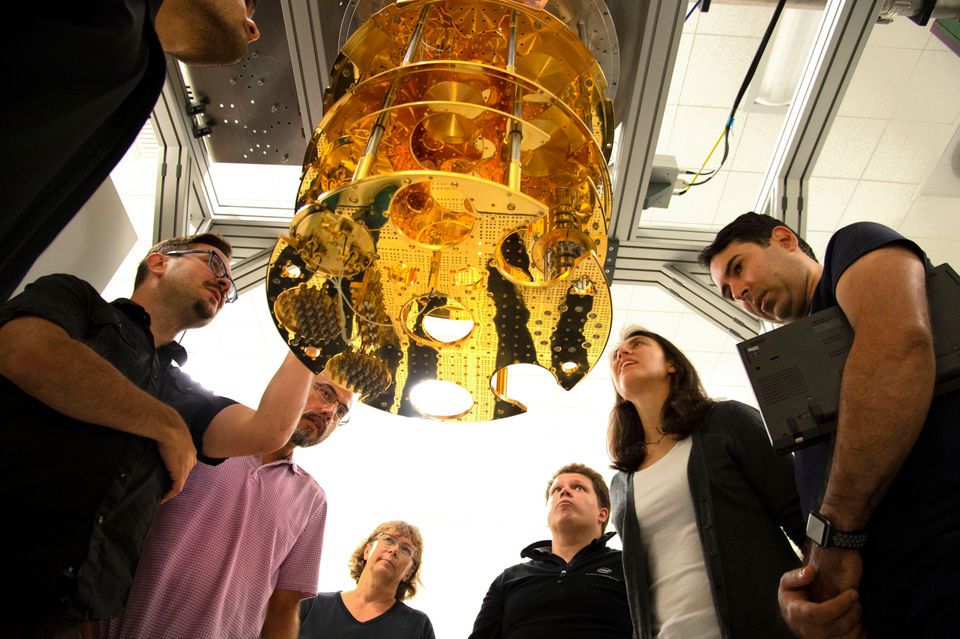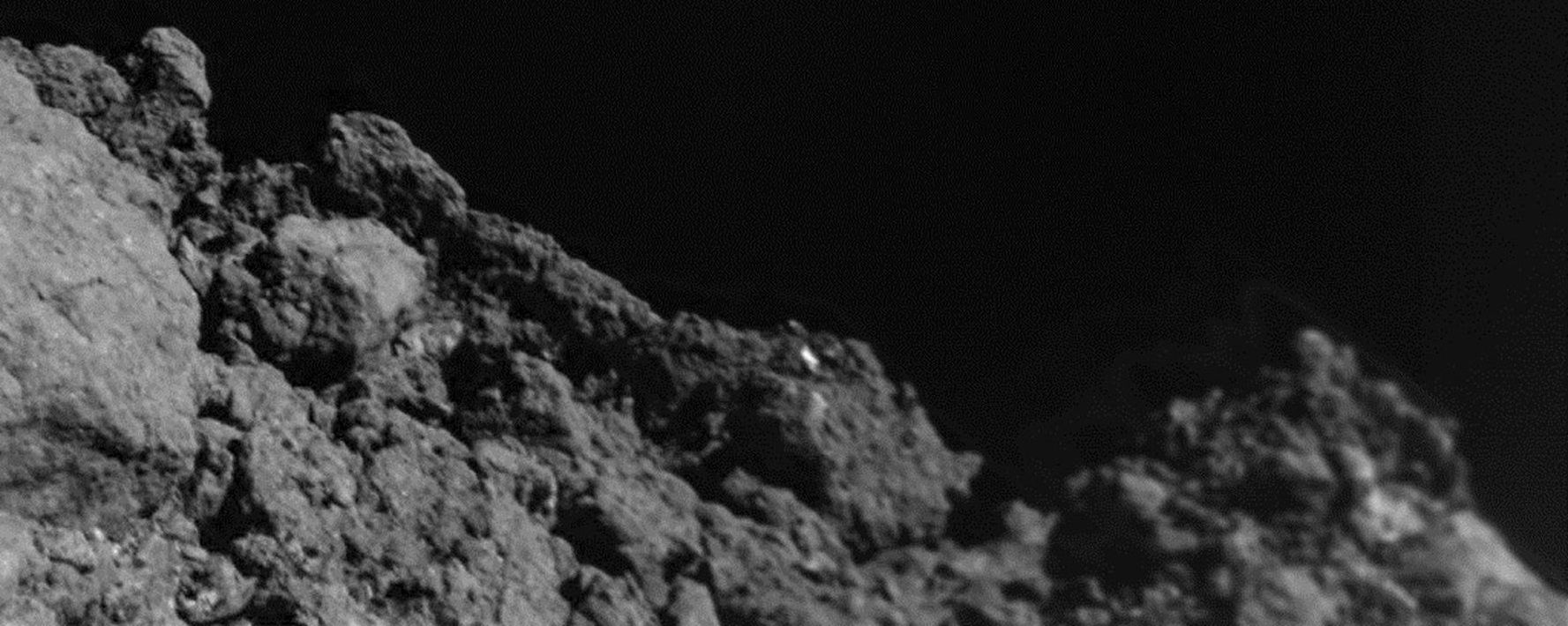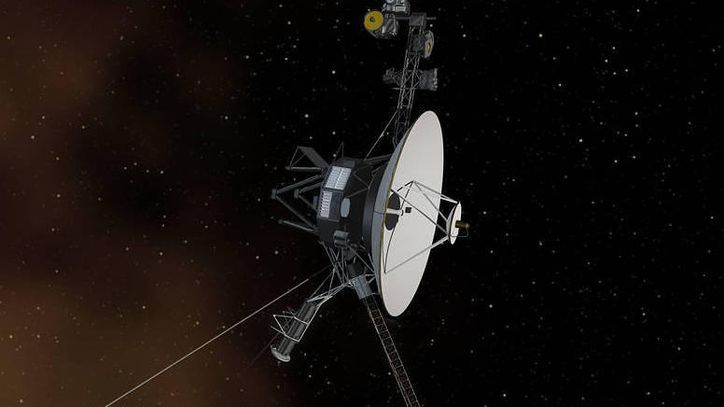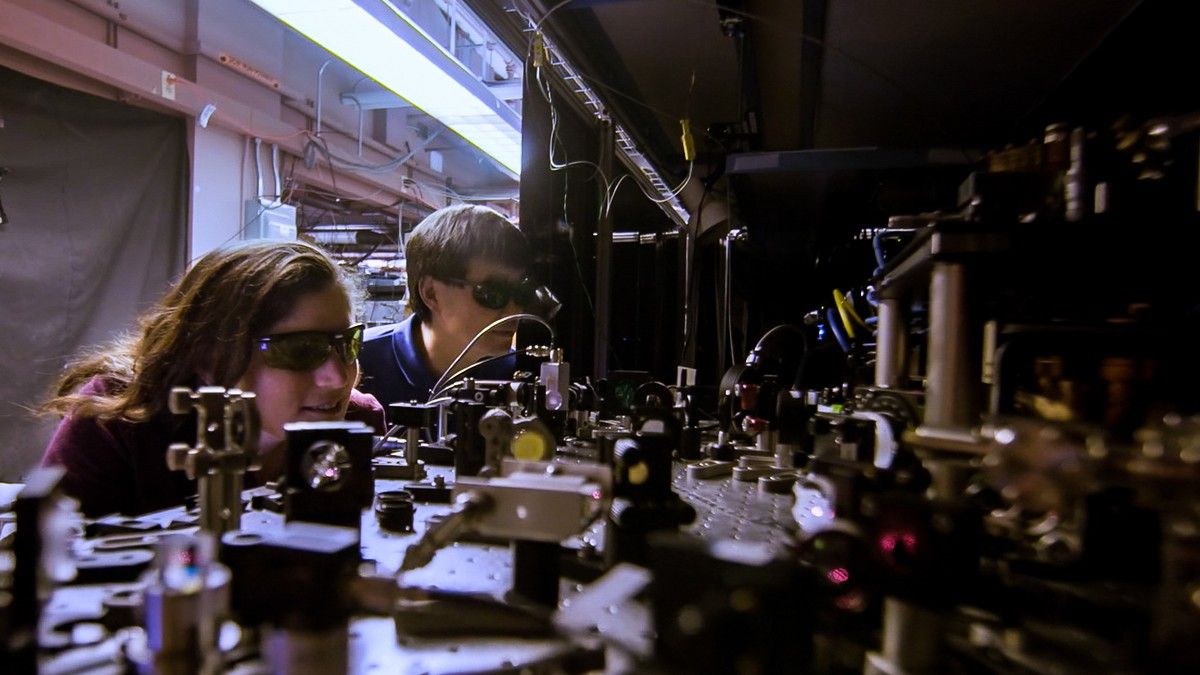A comparison of surveys taken of the sky years apart has revealed an empty space where a star 280 million light years away once sat.
Coded FIRST J1419+3940, records of the object hint at what would have been a violent death. Curiously, no trace of its final explosive moments can be found – but this ghostly silence has only made astronomers all the more excited.
“We compared images from old maps of the sky and found one radio source that was no longer visible today in the Very Large Array Sky Survey (VLASS),” says astronomer Casey Law from the University of California, Berkeley.
